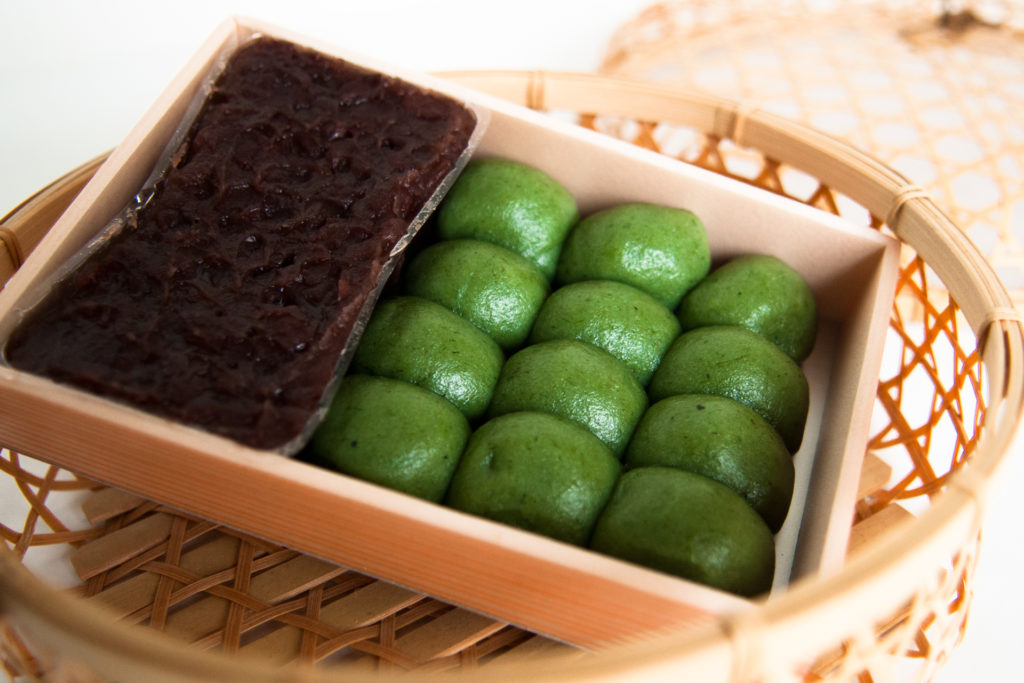Japanese Food History and Culture
Japanese Sweets Dynasty: Interview at a Wagashi Shop from the Meiji era
Wagashi Making
Ishikawa Ikuo: Hello, my name is Ishikawa Ikuo. After succeeding to my father, I will be the seventh generation owner of Takagiya Rōho in Shibamata, Tōkyō.
GH: What kind of establishment is it?
II: At Takagiya Rōho, we make and sell wagashi. Depending on the season, we offer various confections and sweets such as kakigōri and ice cream in the summer. However, we are mostly known for our dango (団子, sweet mochi dumpling).

II: Simply put, I’d say a wagashi is a Japanese made confection. In the past, there might have been stricter definitions depending on the ingredients used, such as anko (あんこ, sweet red bean paste) and Satsuma imo, but nowadays the line with other types of sweets is pretty blurred. For instance, dairy, which was previously only used for yōgashi (洋菓子, western-style confectionery) such as cheesecakes and baumkuchen, is now also used by some wagashi makers. In the end, I guess it is a wagashi if its maker says it’s one! *laughs*
GH: So you could say wagashi making is constantly evolving?
II: Indeed, it is now quite common to see yakigashi (焼き菓子, baked sweets) such as yakimanjū baked with butter, or dorayaki filled with fresh cream.
GH: How does one become a professional wagashi maker?
II: The simplest and cheapest way is to get employed at an already established wagashiya and get training on the job. For instance, we do employ inexperienced workers and train them at Takagiya. Otherwise, if you have the finances for it, there are technical schools teaching wagashi making.
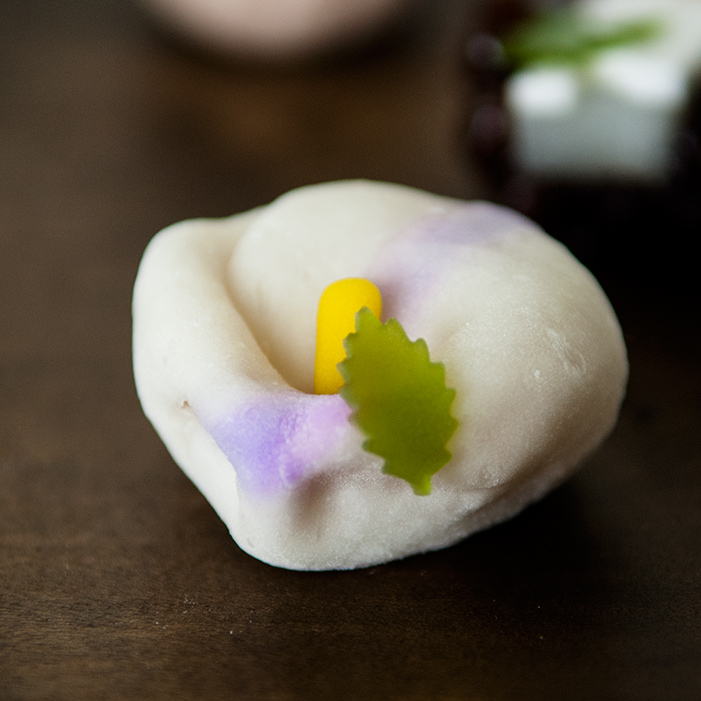
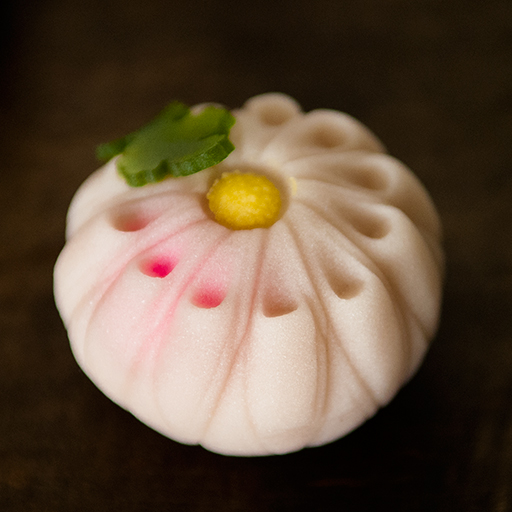

II: Indeed. People work like this in the hope of one day opening their own store. But truth be told, opening a wagashiya is difficult. I see quite a lot of newly opened shops failing quickly.
What happens is that they tend to open in old town neighborhoods where they are directly competing with well established wagashiya that were already there for decades, if not longer. I’d say newly opened cake or yōgashi shops have been faring better as of late.
About Takagiya
II: The history of Takagiya goes back to the first year of the Meiji era (1868). The nearby Taishakuten temple organizes a local festival, the kōshin, every 60 days. While working as a farmer, my ancestor set up a stand there to sell wagashi to people coming for the celebrations. This was the beginning of Takagiya Rōho. With time, the business would expand and the stand became the buildings we use now. The enterprise has been passed down the generations until me.
My ancestor’s name was Takagi, hence the name of the shop. His son had only daughters though, so when the third generation owner, my great-great-grandmother, married, she changed her name to Ishikawa.
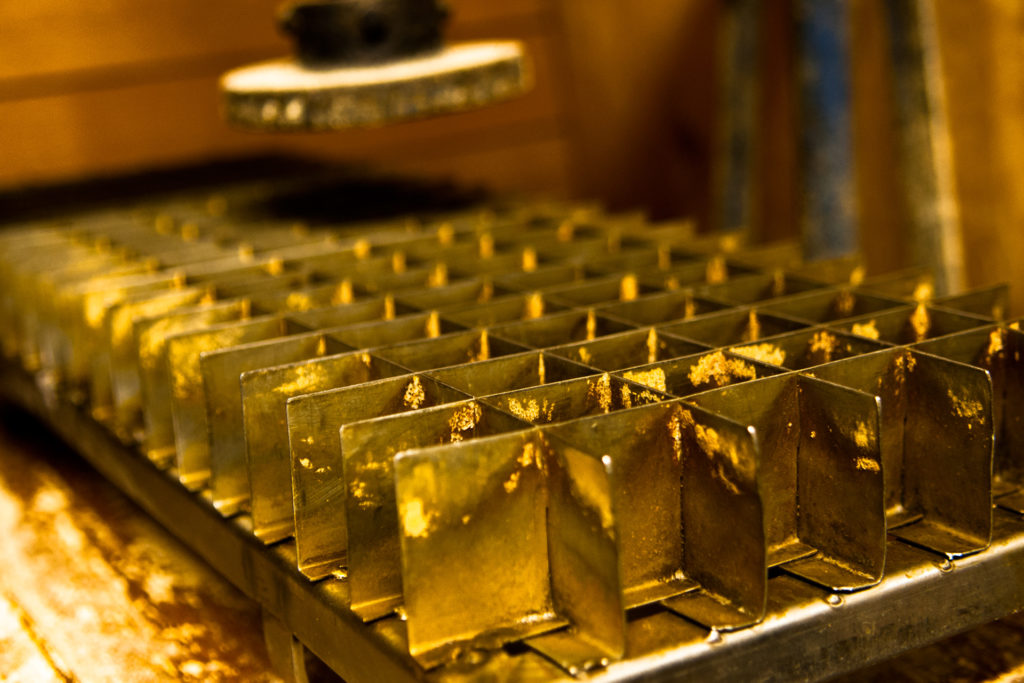
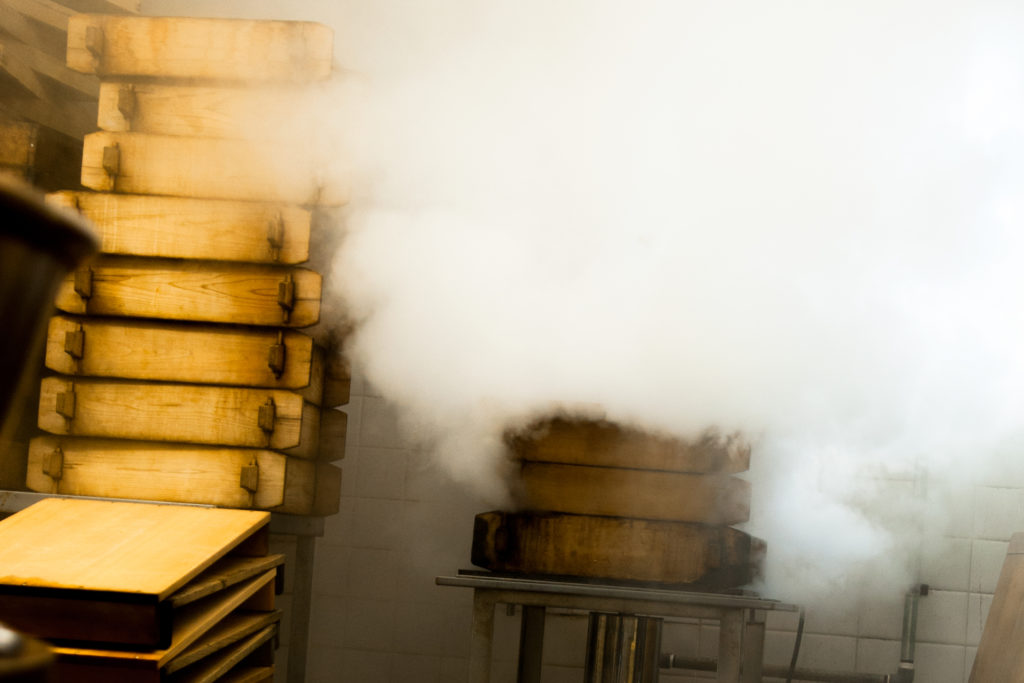
II: It depends on the day. During weekdays, we have mostly older people and tourists who come to see the neighborhood and the Taishakuten temple. On the weekend and during national holidays, the customers are younger, often families with small kids. 10 years ago, there weren’t any young people around here, but recently their number has steadily increased and we now see quite a lot of customers in their twenties and thirties.
We also see tourists from overseas. The day before yesterday, we had two full buses of Taiwanese tourists come. No one could speak Japanese nor English, so communication was a bit difficult! *laughs* But in the end, we managed.
II: We have an English menu, and even if we are not fluent, we are able to communicate simple points in English. However, it gets a bit more difficult with visitors who are not comfortable using Japanese or English. We somehow manage, but we are looking for ways to improve our offer, for instance by translating our menu to Chinese as well.
From Now On
II: Moreover, we make our anko with a specialized machinery that is not available at home. We do not boil the adzuki (小豆, red beans) over a fire, but use big hōkin kama (砲金窯, gunmetal stove) where the beans are bathed in steam. This method helps preserve the taste, texture and color of the adzuki when transformed into anko. Each wagashiya has its trade secrets, so I guess this steaming method might be ours.
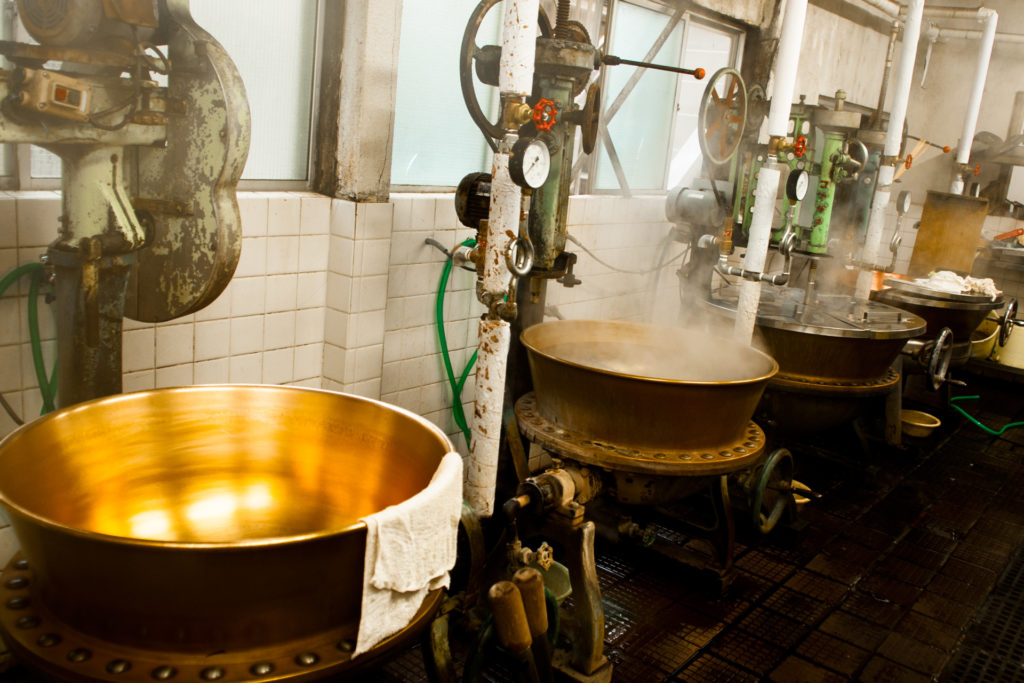
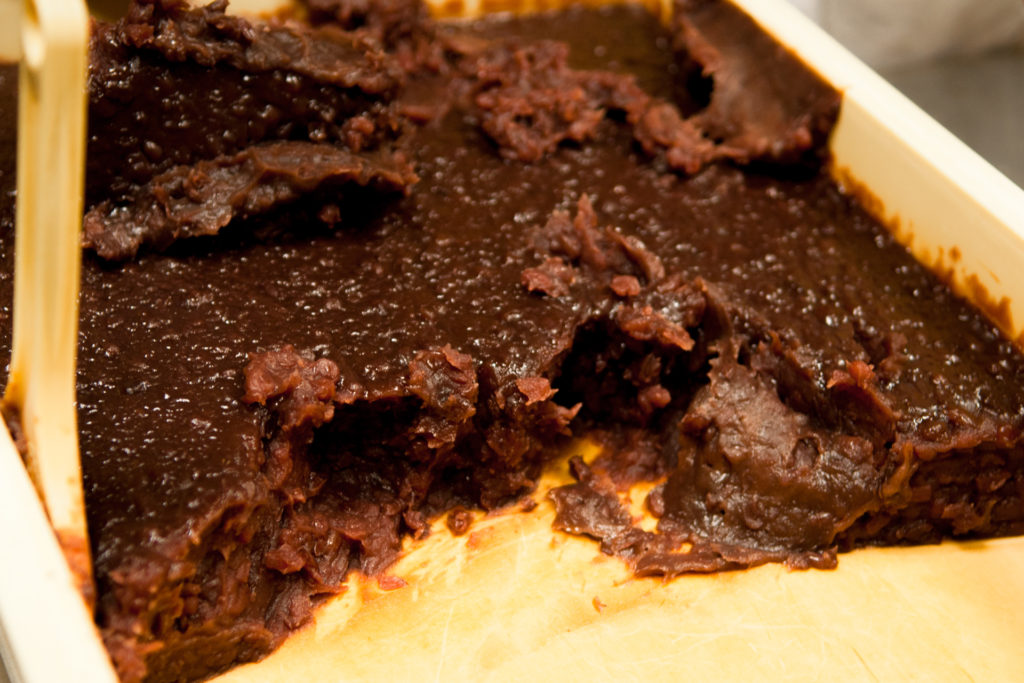
II: We really enjoy it when customers choose to eat our wagashi. Sweets are not strictly necessary to survive, they are more of a comfort food. So if someone wants to buy what we made, it means they like it and we really feel appreciated.
The process of improving and becoming able to make new types of wagashi is also very enjoyable.
GH: What would be your advice for a newcomer opening their wagashiya?
II: Consistency is very important when making sweets. If a batch contains some flaws, we have to dispose of it and remake it from scratch. We want to offer a quality product every single time, it is a matter of pride as well as respect towards the customer.
But running a wagashiya doesn’t mean only making sweets. Communication with the customers is also important. Especially in old neighborhoods like Shibamata, a lot of people come to chat. If the customer wants to talk, we have to be able to hold a conversation. In that respect, it is quite similar to running an izakaya.

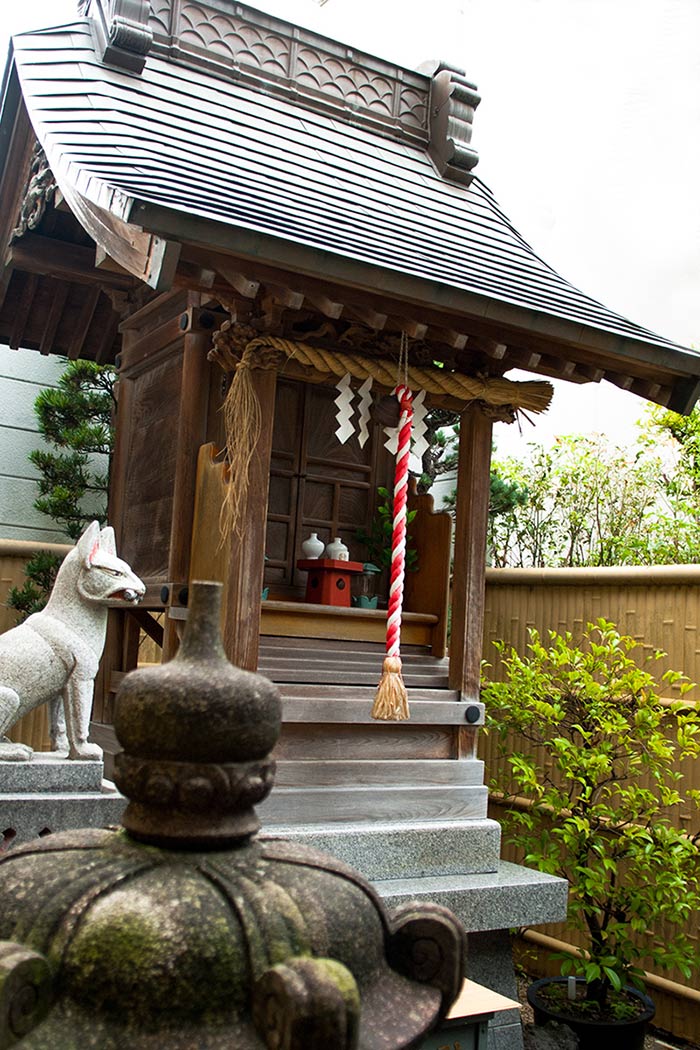
II: In general, people look for idle chit-chat. A customer could be coming to me and ask me where I come from, and such. I have to hold the conversation while being aware of other customers. So for instance I would direct a new customer to another staff member while keeping the conversation with the first one.
GH: As expected, teamwork is important! How many staff members are working at Takagiya?
II: We have around 10 craftsmen preparing the wagashi, and 15 more staff members for sales.
II: At Takagiya Rōho, we try to preserve the old ways while improving upon them, so when you are visiting our country, by all means please come to Shibamata to discover a slightly different Japan!
7 Chome-7-4 Shibamata, Katsushika City, Tokyo 125-0052
The closest train station is Shibamata station (Keisei-Kanamachi line)
